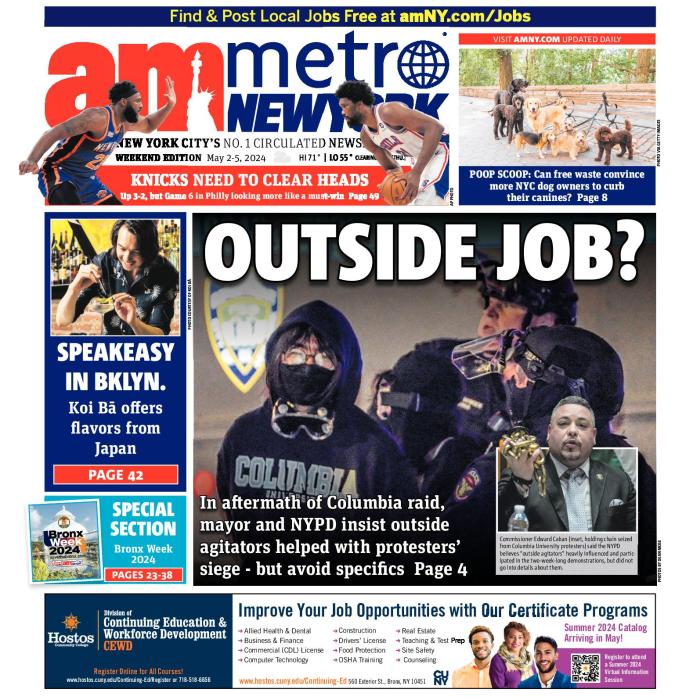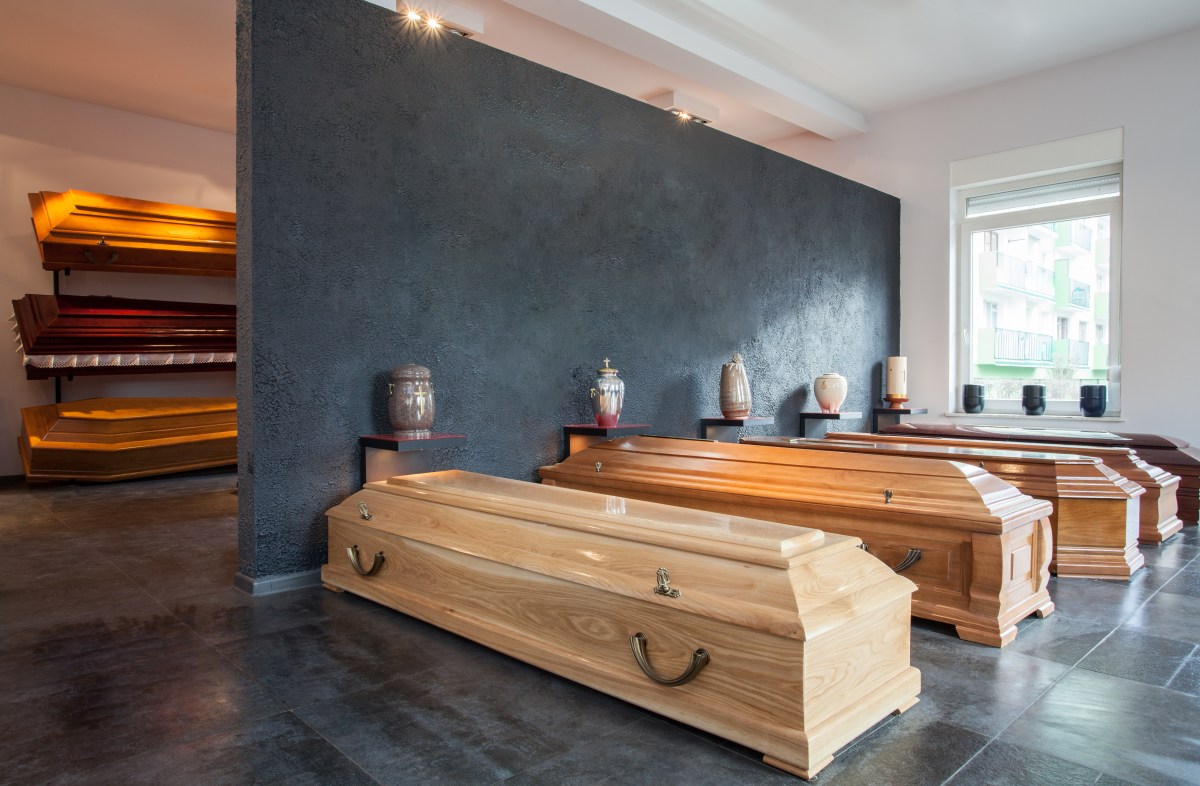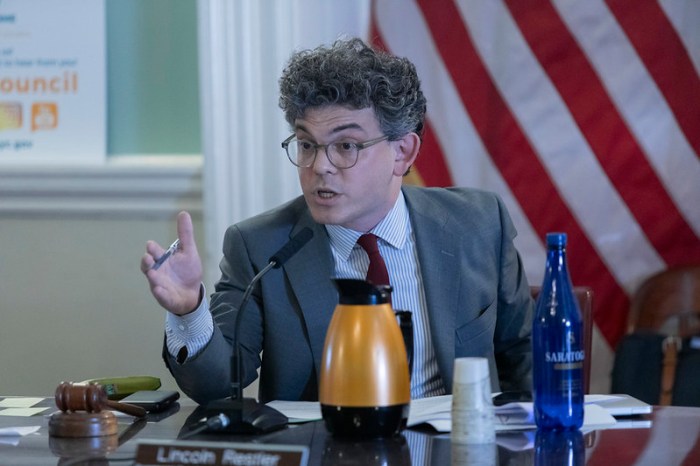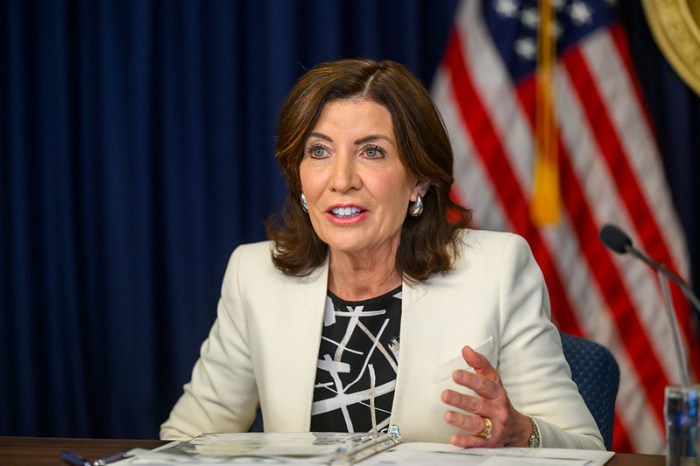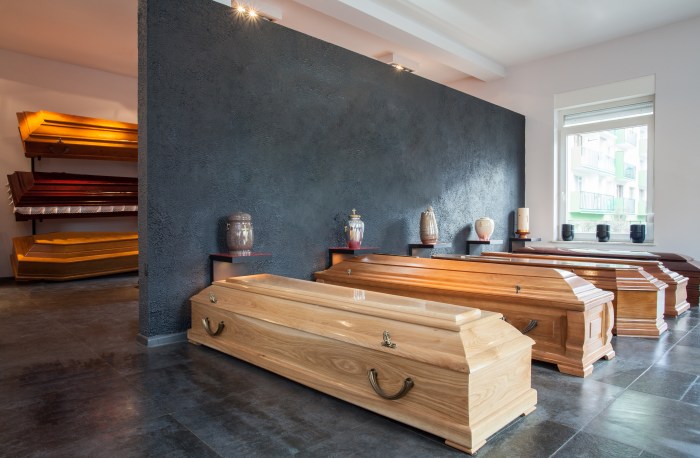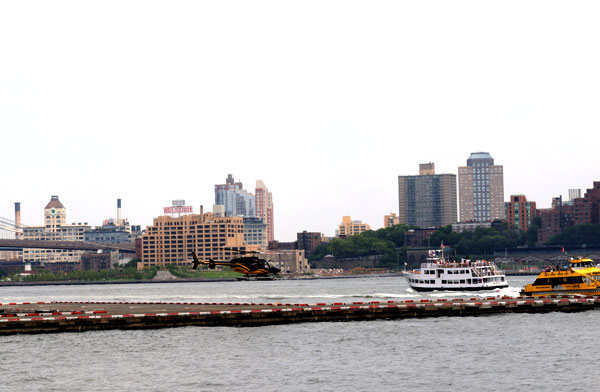
BY TERESE LOEB KREUZER |Residents of some choice real estate in Manhattan and Brooklyn are beside themselves. They can’t open their windows because of non-stop helicopter noise and fuel odors from the choppers taking off and landing at the Downtown Manhattan Heliport on Pier 6 near the intersection of Whitehall and South Streets. The noise is also an assault on many neighborhoods bordering the East River and the Hudson River, with tourism helicopters accounting for much of the problem.
On June 2, in a letter to Seth Pinsky, president of the New York City Economic Development Corporation, owner of the heliport, 10 politicians called for a total ban on all tourist helicopter flights at the Downtown heliport.
“This request follows over a decade of effort by elected officials and community members to regulate the small on-demand aircraft/helicopter industry, which has virtually no oversight by the Federal Aviation Administration (F.A.A.) or other governmental authority,” states the letter.
Last year, in response to complaints, the E.D.C. eliminated tourism helicopter flights of seven minutes and under, restricted flight altitudes to 1,500 feet and above and required pilots to fly over water, with penalties of $1,000 per infraction. “Unfortunately, these attempts at self-regulation have not yielded sufficient improvement to our constituents’ quality of life,” states the letter, “nor have they addressed the clear safety hazards that are evident in New York’s heavily congested airspace.”
“A solution that doesn’t solve the problem is no solution at all,” said New York State Sen. Daniel Squadron, whose district includes parts of Brooklyn and Lower Manhattan, and who was among those who signed the letter to Pinsky. “We’ve worked for a year to solve the problem. For a year after the tourist helicopters left the West Side, we worked closely with the industry and with the City, and they worked closely with us, which I really appreciated. The problem, though, is that you have too great a density of helicopters in too small an area.”
According to statistics from the F.A.A., in 2003 there were 10,002 helicopter flights from and to the Downtown heliport. In 2008, there were 57,984 flights of which 39,694 were categorized as “air taxi” (as opposed to “military” and “itinerant.”) On April 1, 2010, in response to community and political pressure, the West Side Heliport closed to tourism traffic, driving even more helicopters to the Downtown site.
The website for the Downtown Manhattan Heliport, which is operated by Saker Aviation, touts its proximity to Kennedy, Newark Liberty, LaGuardia and Teterboro Airports “making it convenient for busy executives, leisure travelers and sightseers who want to experience the sweeping views of the New York and New Jersey skyline from high above….The heliport also provides critical transportation of valuable documents for the world’s most prestigious multinational corporations, financial investment and banking institutions, trading organizations and legal firms in the heart of Lower Manhattan’s financial district.”
New York Helicopter, which operates sightseeing tours from the heliport from 9 a.m. to 5 p.m. daily, takes visitors to see “the Statue of Liberty eye to eye” (as stated on the website) and also flies them by Ellis and Governors Islands, the South Street Seaport, the Brooklyn and Manhattan bridges and the “Wall Street Financial Center” on a 12- to 15-minute tour that costs $159 per person. A 20- to 25-minute tour that also takes in the Empire State Building, Central Park and other sites in midtown Manhattan costs $315 per person. Each chopper can hold up to six passengers.
In a statement from a spokesperson, the E.D.C.’s response to the letter addressed to Pinsky essentially said its hands were tied unless the F.A.A. changed its rules governing the airspace over New York harbor. It also referenced the fact that the helicopter industry “has a local annual economic impact of more than $50 million and accounts for hundreds of jobs. Almost 50 million people are expected to visit and discover NYC this year to experience the sights we New Yorkers know and love. Helicopters are a unique way to view the greatest city on earth. This major tourist attraction on an active waterfront also helps attract much-needed visitors to Lower Manhattan.”
A spokesperson for the Mayor’s Office concurred with the E.D.C.
“Since the F.A.A., not the City, controls the airspace, suspending tourist helicopter flights at local heliports would not eliminate traffic or noise but instead would simply shift departures to New Jersey and Nassau County,” said the spokesperson. “The City does influence flight paths, frequency, and operating hours for flights departing from local heliports, and last year we announced a new Helicopter Sightseeing Plan to reduce the impact that sightseeing flights have on surrounding neighborhoods. We’ll continue to work with elected officials and communities to minimize flight impact while supporting the industry.”
At a meeting of Community Board 1’s Financial District Committee on June 1, Patricia Ornst, E.D.C.’s director of aviation, cautioned against closing the Downtown heliport to tourism traffic completely.
“Once they leave, they’ll move elsewhere. They’ll continue to operate because they’ll see a revenue source… I can tell you, a complete ban would absolutely put a nightmare on Downtown,” said Ornst.
“We disagree with their response,” said Congressman Jerrold Nadler, who signed the letter to Pinsky, and who has been working to regulate — and increase safety in — New York City’s local airspace for years. “As the owner of the heliport, the City can dictate who uses its facility, thus restricting and cutting down flights. This is not a segment of the tourist industry we truly need, and we feel quite confident that, should the heliport be closed, visitors would spend their dollars on other New York City attractions. And, contrary to the City’s statement, tourists would not journey out to New Jersey for a 15-minute helicopter ride. So, restricting flights from the downtown heliport would indeed greatly reduce local helicopter activity.”
